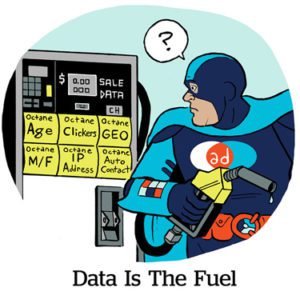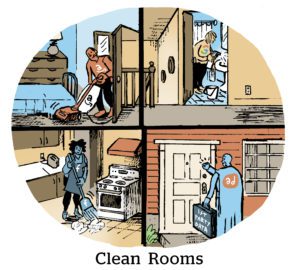AdExplainer: Data-Driven Linear Vs. Addressable TV
Lots of people are talking about addressable TV. “Data-driven linear,” though? Not so much. But despite the fact that data-driven linear (DDL) doesn’t get as much attention as its somewhat sexier addressable cousin, it’s becoming an increasingly popular choice for linear advertisers attempting to make more informed media buys.

















